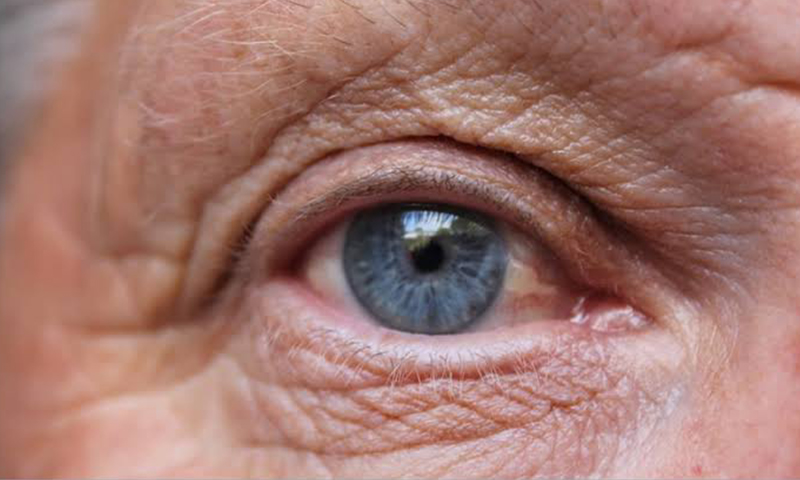Aging is a natural process that every part of a human goes through. Perhaps the most significant signs of aging you’ll notice are – wrinkles on the skin, decreased motor function, lack of sleep, vision problems, decreased appetite, etc. Our eyes are like the cameras of our bodies. It has a lens, a screen (retina), and a cable (optic nerve) that connects our eye to the brain. As we age, some natural fundamental changes occur in our eyes that can lead to some minor and in severe cases, some major vision defects. Let’s take a look at these vision problems and tips to take care of such issues.
1. Presbyopia:

Presbyopia is a universal disorder that makes it difficult for you to see nearby objects once you cross the age of 40. The reason behind this condition is the stiffening of the muscles and structures that hold your eye lens in position. Therefore, when the lens tries to focus on the nearby objects, it is unable to change its position.
Solution:
If you suffer from this condition, your ophthalmologist (eye specialist) will prescribe you a pair of reading glasses. These glasses can be mono-focal, bifocal, or progressive lenses. Presbyopia usually worsens between the age of 40-55 years.
2. Dry Eyes:

Dry eyes are a common sign of aging. This happens due to decreased tear production as you age. This condition is especially prevalent in women after they hit menopause. If you suffer from dry eyes you might notice vision problems and other symptoms such as dryness, grittiness, baggy eyes, tired and red eyes.
Solution:
If you suffer from dry eyes, your doctor will prescribe you some teardrops or lubricants to help treat the condition and relieve the symptoms.
3. Age-related Macular Degeneration:

One structure of the eye that is usually affected after you turn 65 is; retina. When the central portion of the retina becomes weak, your reading vision deteriorates. This condition is known as age-related macular degeneration. In severe cases, age-related macular degeneration can even lead to blindness.
Solution:
The only solution to age-related macular degeneration is to prevent its further course by visiting an eye doctor as early as possible. If you’re over the age of 60 years and start noticing symptoms such as straight lines appearing wavy, blurred vision, inability to see in dim light, and seeing spots, it’s best to visit an eye specialist.
4. Glaucoma:
Glaucoma is another very common condition seen in older individuals. In a normal eye, the aqueous humor (eye fluid) is in continuous circulation. However, as you age, the exit passage for this fluid becomes blocked or stiff. Therefore, the fluid cannot drain properly and the pressure inside your eye increases. This further leads to a condition called glaucoma. In severe cases, patients can even lose their eyesight because of this condition.
Solution:
Most of the patients suffering from glaucoma are prescribed some eye drops by their doctors to relieve the pressure inside the eye. However, in some cases eye surgery may be required to unblock the exit passages for the aqueous humor.
5. Cataract:

Cataract is another common age-related eye condition in which the lens of the eye becomes opaque and cloudy. The decrease in your vision is directly proportional to the opacity of your eye lens.
Solution:
In the early stages of cataract, your doctor might prescribe you a pair of glasses to fix the condition. However, in later stages of cataract, you’ll need to undergo surgery to replace the eye lens.
As we age, our organs age too and may undergo some deteriorative changes. However, by noticing the early symptoms of some eye conditions, we can maintain our vision and lead a healthier life.








